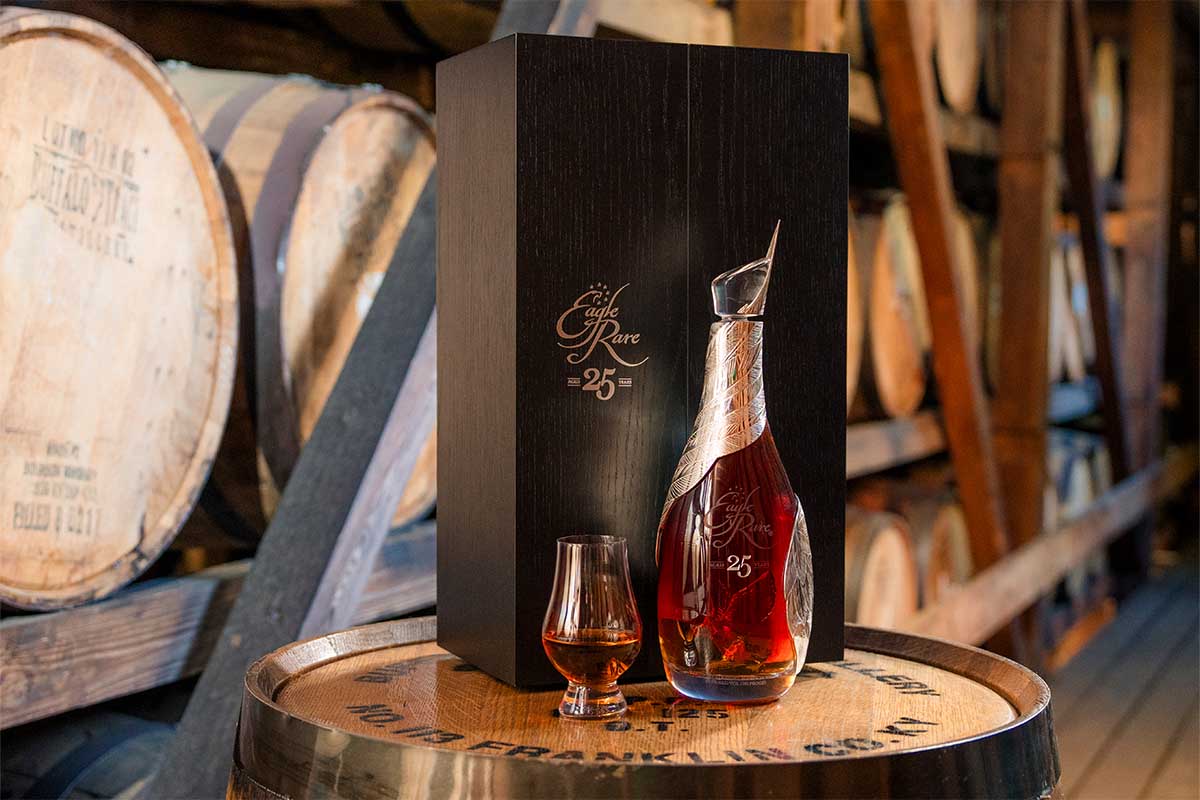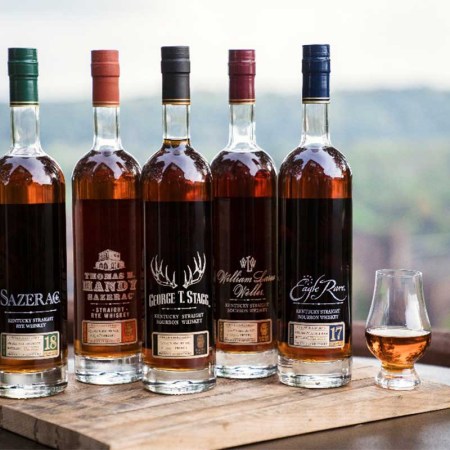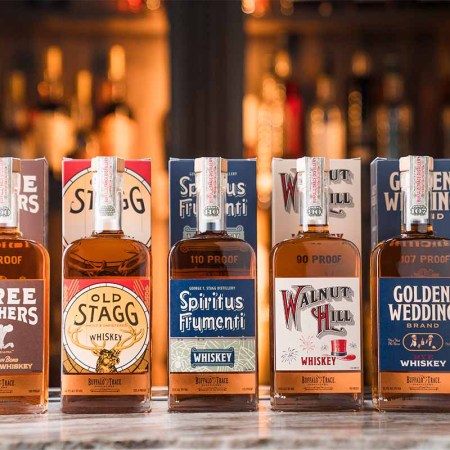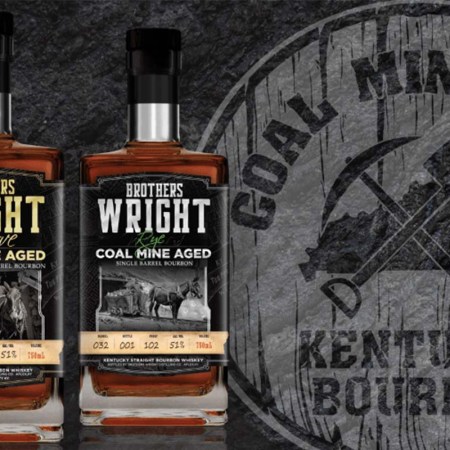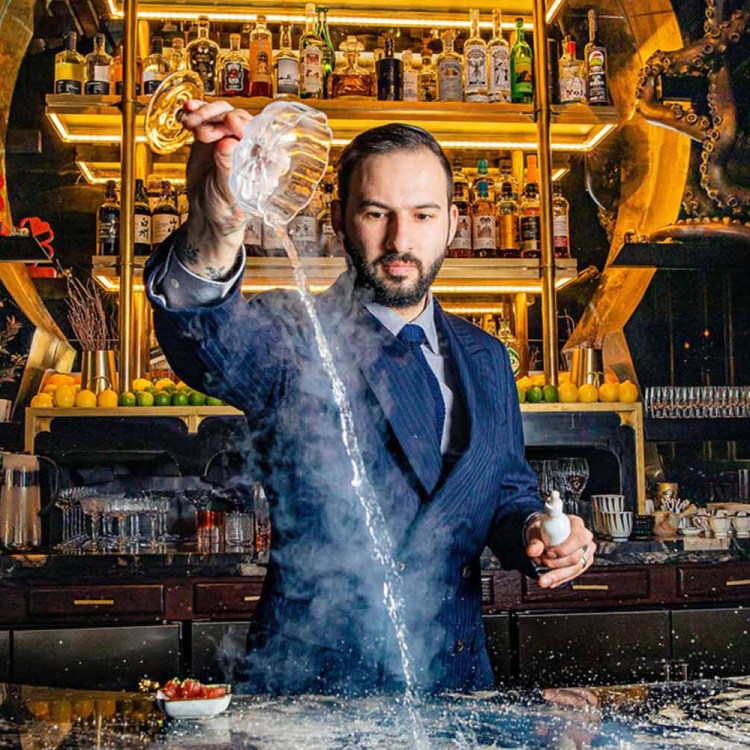“You’re not going to find this bourbon anywhere else on the planet.”
That’s a bold claim from Harlen Wheatley, the Head Distiller of Buffalo Trace. The Frankfort, KY distillery, which has been around in some form since the early 1800s (it even operated during Prohibition), recently unveiled Eagle Rare 25, a $10,000 bourbon that defies its extended age.
By defy, we mean it’s not easy to find an ultra-aged bourbon that, well, tastes good. Older whiskeys have to deal with angel’s share (liquid lost to evaporation over time) and more intense flavors of the barrel as they age, which can lead to over-oaked, astringent and rather dry expressions.
For Buffalo Trace (now owned by Sazerac), crafting something this mature and unique required the creation of two experimental warehouses and over $20 million in investments. The oldest expression of Eagle Rare, the 25-year-old bottle is the first release from the distillery’s Warehouse P, which was constructed to “test if it was possible to extend favorably both the aging and maturation processes typical for American whiskey and bourbon,” according to the company.
“When we were expanding, we were looking at the warehouses we had and realized, whoever said these were designed properly?” says Mark Brown, the Executive Chairman of Sazerac Company, Inc., who gave us a sneak peek of the unorthodox new warehouses during a visit in October. “There’s no book on this. Early on, Harlen and I wondered, what would the perfect aging warehouse look like?”
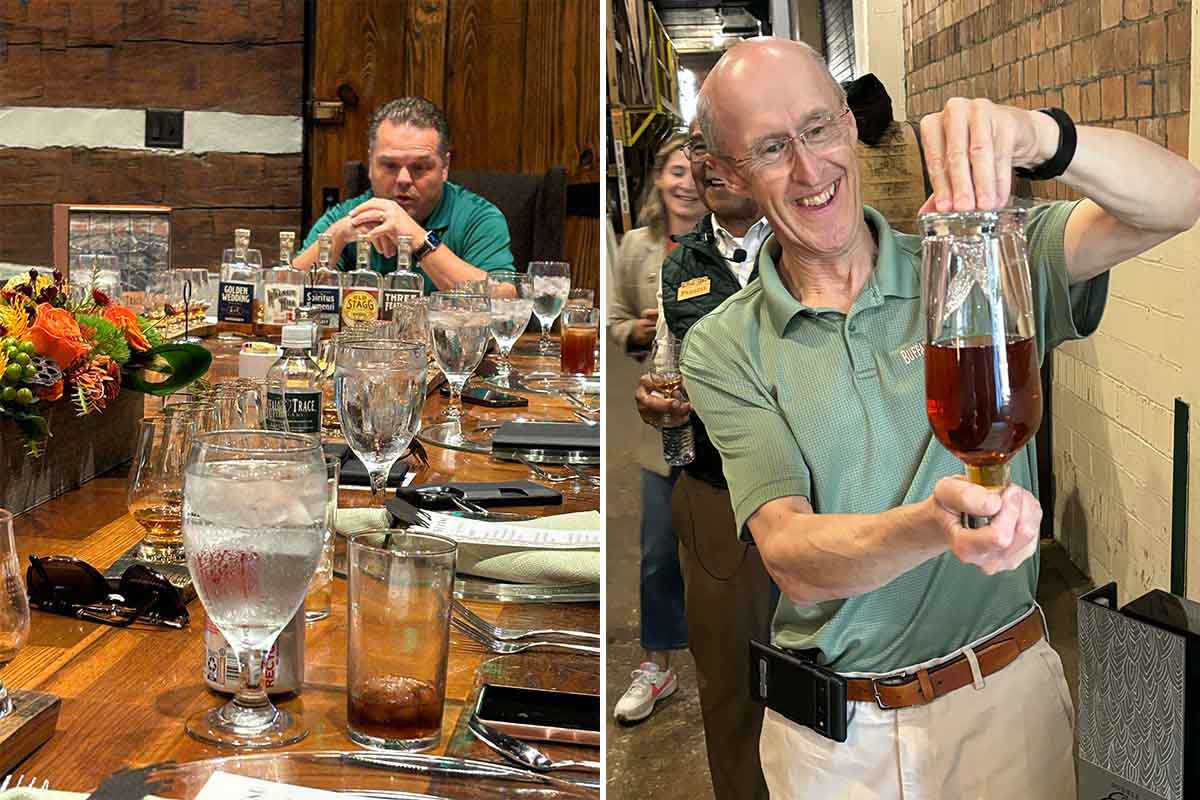
To answer that question, Buffalo Trace initially constructed a smaller experimental building called Warehouse X, where they were able to test various factors that impacted the aging and maturation of their whiskey, including barrel char levels, humidity, temperature, airflow and light. They took in millions of data points that they could then use both in their regular warehouse system and within the new Warehouse P, which is significantly bigger (and more expensive) than X.
I first heard about Warehouse P earlier this year during a tasting with Wheatley for Buffalo Trace’s Daniel Weller Emmer Wheat, an inaugural release from a new experimental line exploring the impact of wheat on the distillery’s bourbons.
“My first thought is, should we be calling this Warehouse P?” the distiller said during the tasting, laughing. “That doesn’t sound right.”
Review: Daniel Weller Emmer Wheat Is No Ordinary Wheated Bourbon
Buffalo Trace’s new experimental line utilizes a long-forgotten wheat strainBut one thing the oddly monikered warehouse was able to do was provide a testing ground for extended aging. “You can’t really do a 50-year-old bourbon,” says Wheatley. “Physically, the barrel will evaporate and be gone before 50 years. So how can you do that? You have to manipulate the environment.”
We visited both warehouses during our fall trip. If Warehouse X was little more than a high-tech shack, Warehouse P was like a mini airplane hangar. It’s here where we got our first sip of Eagle Rare 25 — the first expression from Buffalo Trace’s 25+ year and $20+ million experimental program. The barrels used in the new Eagle Rare were moved into Warehouse P once construction was completed in 2018, where they aged for another five years.
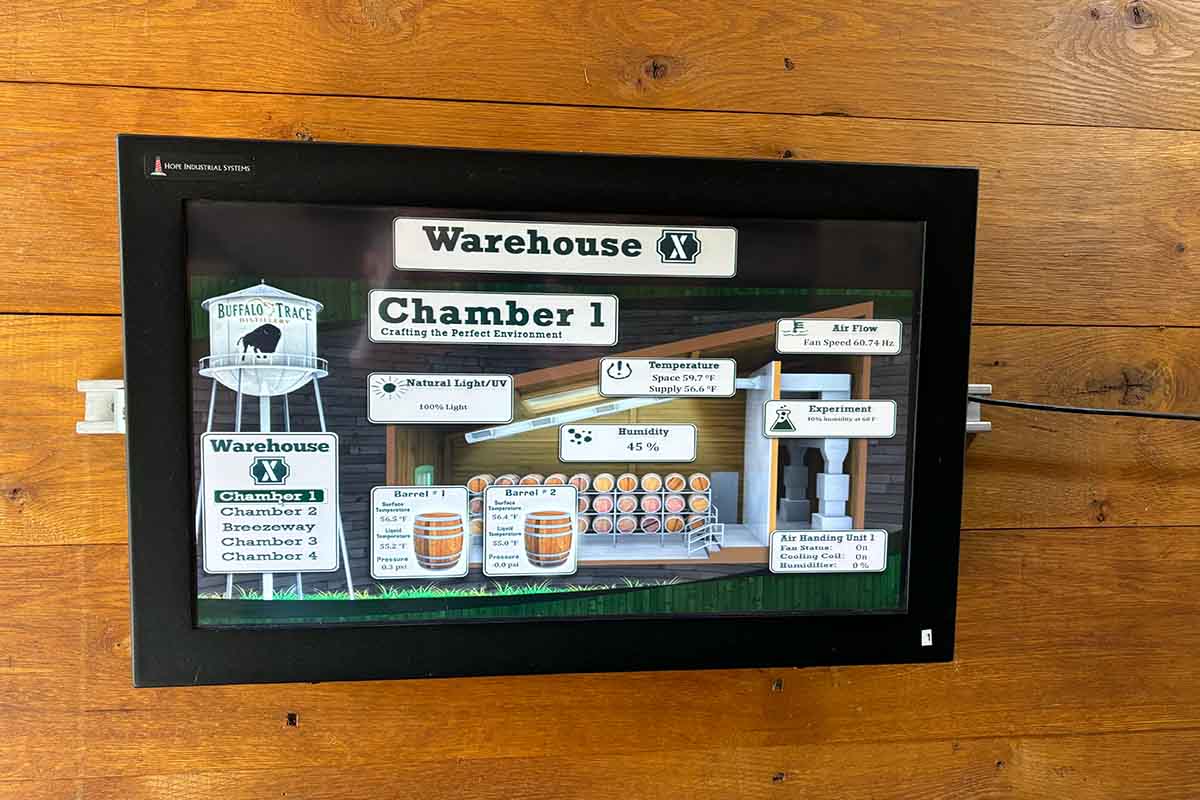
“With these experimental warehouses, we’re playing with variables such as unique mash bills, barrel char levels, temperature control and different types of wood,” says Wheatley. “We firmly believe the whiskey category is only bound by the ideas we have not thought of yet.”
Warehouse X is custom-built with four distinct chambers. The successful experiments aged there have already been bottled and released as part of the Buffalo Trace Experimental Collection. Warehouse P offers a much bigger and even more tightly controlled environment, allowing the distillery to test the impact environmental factors (temperature, humidity, airflow, etc.) have on the aging of whiskey over time.
“All of our warehouses have different microclimates based on their construction materials and physical locations around the distillery grounds,” Wheatley notes. “Each warehouse is meticulously monitored — barrels are moved by hand when needed to impart the best possible profile. Our experimental warehouses are an extension of those existing efforts that allow us to lean on learnings and innovate to solve challenges and limitations we’ve identified in the existing processes.”
An unheralded part of the decades-long experimentation process is a micro still that was installed at the distillery in 2007, which allows Buffalo Trace to experiment on a smaller scale — they can produce a minimum quantity of 10 barrels now, as opposed to 35 before the still was installed.
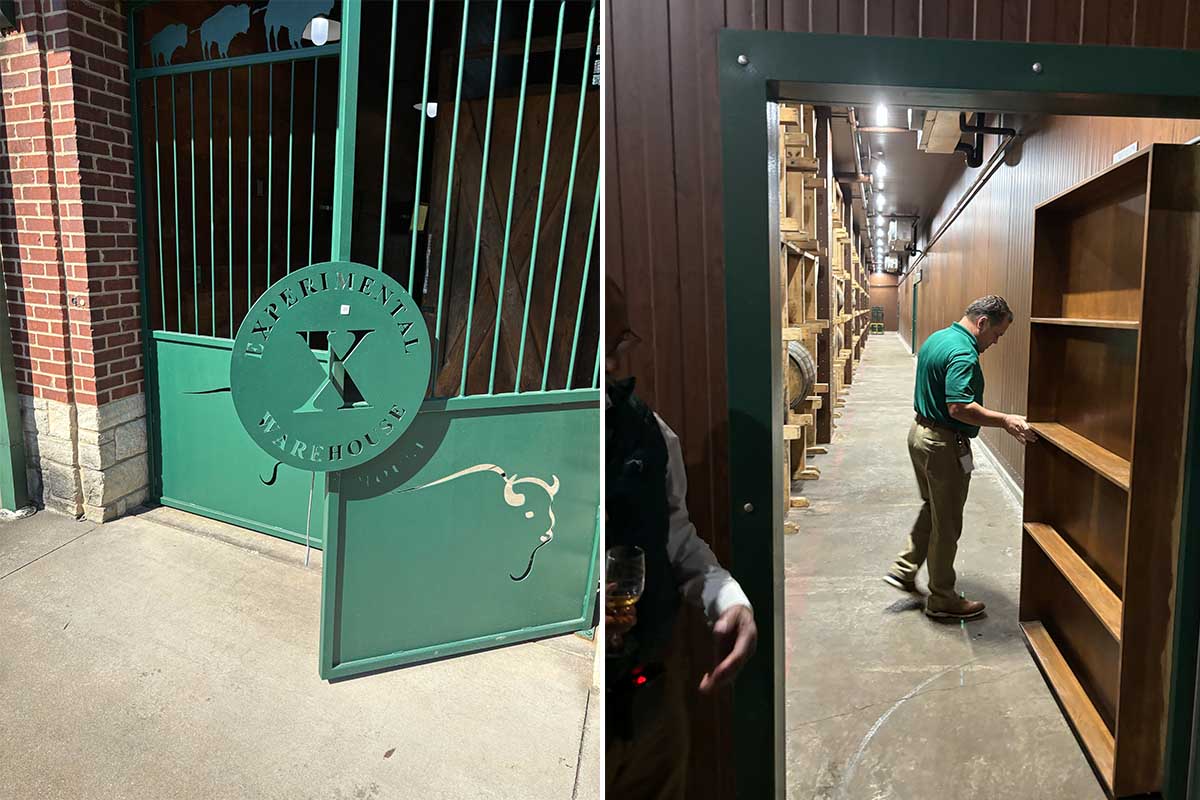
Given that Buffalo Trace utilizes a very limited number of (secret) mashbills across its lineup, the differences between brands often come down to the blending and the external elements. (Eagle Rare’s requirements, according to the brand: “Eagle Rare Bourbon Whiskey is masterfully crafted and carefully aged for no less than 10 years. Every barrel is discriminately selected to offer consistent flavor but with a seemingly individual personality. Eagle Rare is a bourbon that lives up to its name with its lofty, distinctive taste experience.”)
This is what makes the aging experiments in Warehouses P and X so important — the distillery is playing with the few factors that can differentiate their whiskeys.
Was all the effort worth it? For Eagle Rare 25, you’ll find notes of cherry, dark chocolate, vanilla and, of course, some oak spice, but certainly not to the astringent levels you’d expect for something that well-aged. It deservedly took a spot in our 2023 best bottles list.
A quick side note: The bottling of Eagle Rare 25 is also unique — and it should be for something that costs $10,000 per bottle. There’s a custom sterling silver wing that encases each hand-blown crystal decanter. The custom display box reveals an eagle’s outstretched wings upon opening. And there’s even a glass eagle inside the bottle.
While Eagle Rare 25 is the first, it certainly won’t be the last product from Warehouse P to hit the shelves. Even if some of those upcoming experiments take a while.
“This is the future of aging,” Wheatley says. “Someday we may say, you know, this is the precise, perfect, best way to age a barrel. We’ll see. This is a 20-year experiment. We’ve got a few more years to go before we get all the results.”
Join America's Fastest Growing Spirits Newsletter THE SPILL. Unlock all the reviews, recipes and revelry — and get 15% off award-winning La Tierra de Acre Mezcal.
